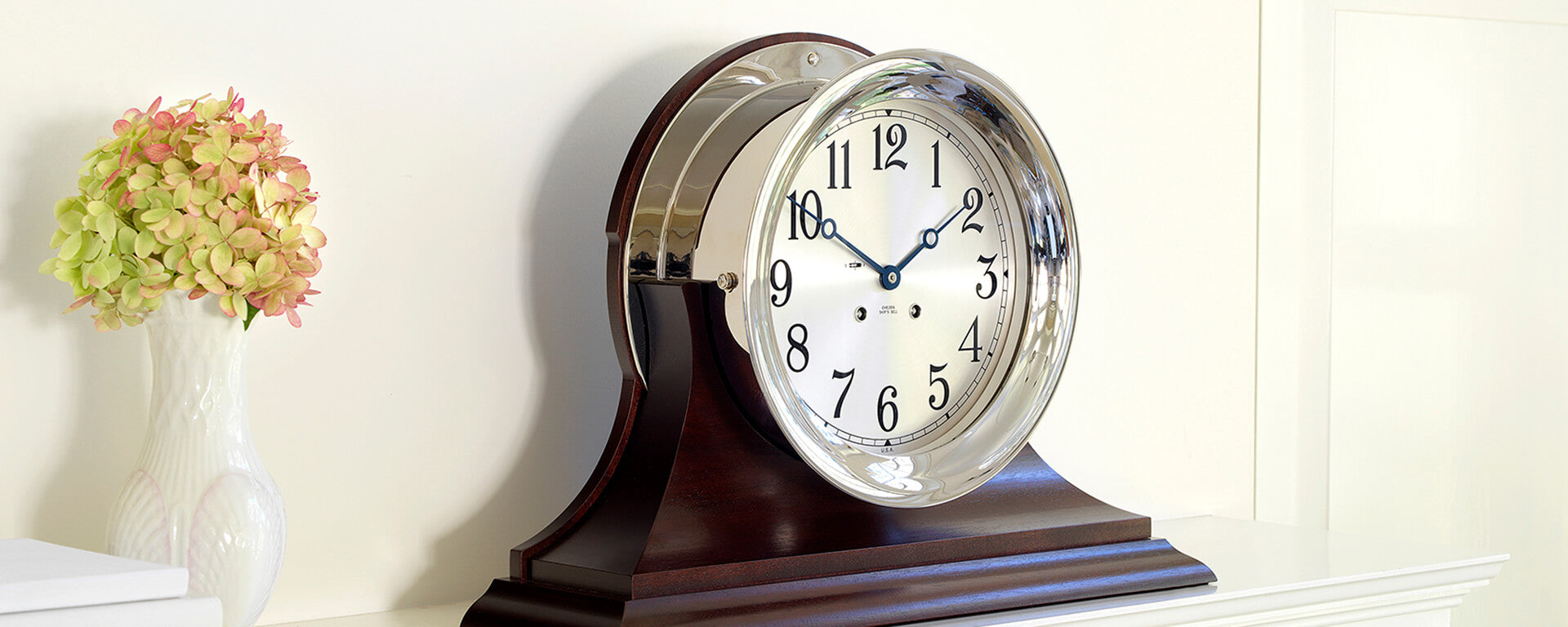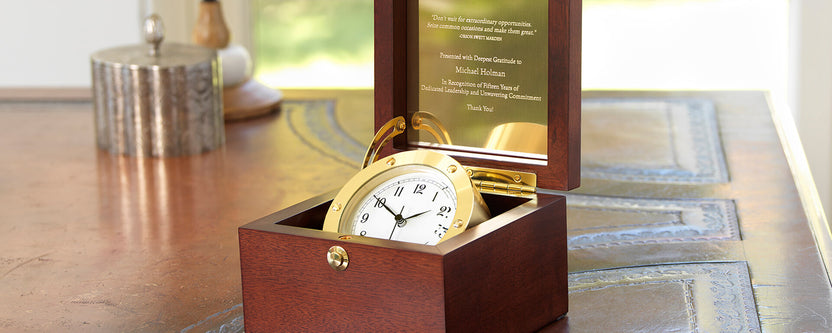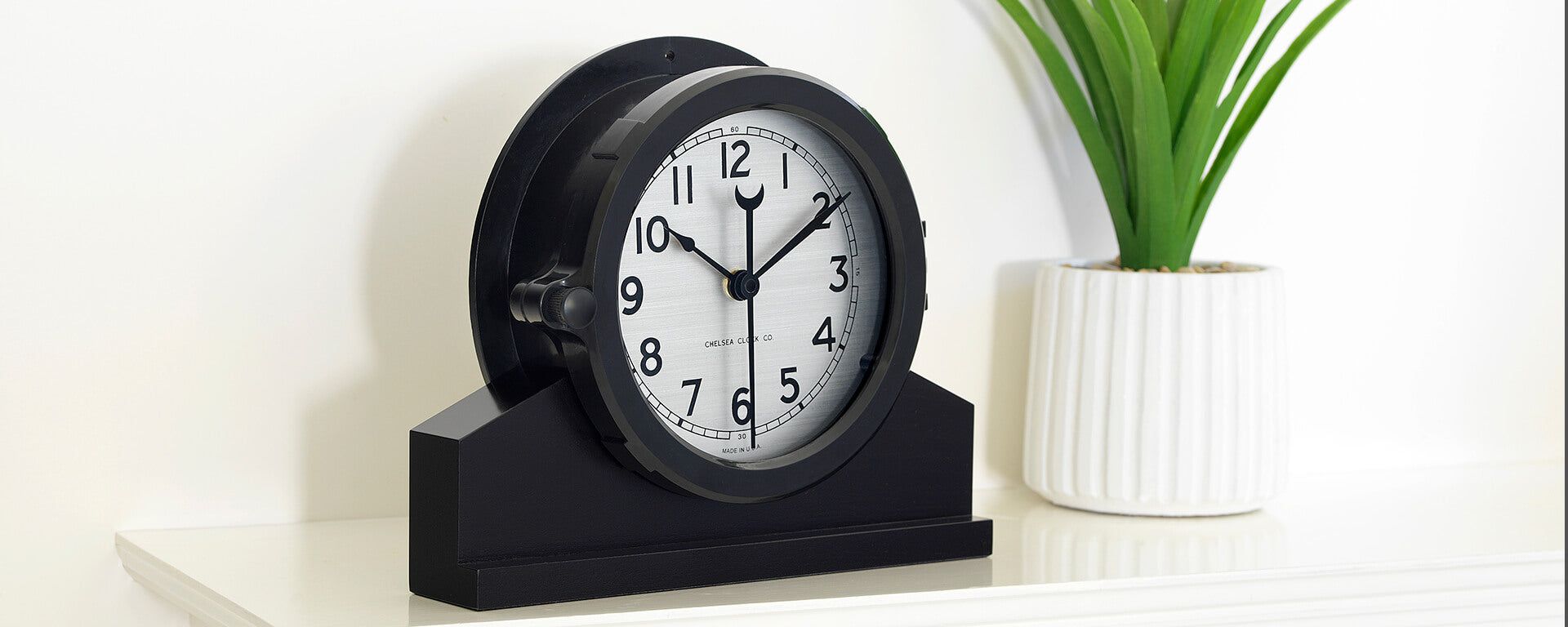How Do Barometers Work? - How to Read a Barometer
How Do Barometers Work?
Ever since the barometer was invented in 1643 by Italian physicist Evangelista Torricelli, it has played a critical role in weather forecasting. While technological advancements have replaced the classic barometer in some instances, this scientific instrument remains popular even in the 21st century. For many who want to maintain a more traditional and classic atmosphere in their naval cabins or office, a good barometer is the perfect piece to harken back to the past.
But how does a barometer work? What does a barometer measure, and what do these measurements mean? Chelsea Clock has the answers to these questions for sailors and weather fanatics alike with our simple guide explaining the key facts you need to know in order to understand barometers.
What Is a Barometer?
A barometer measures atmospheric pressure and its short-term changes. The two most common types of barometers are the mercury and the aneroid barometer.
The classic mercury barometer consists of a glass tube with a sealed top end and an open bottom sitting in a mercury-filled reservoir. The mercury level in the tube goes up or down as the air pressure does. Mercury barometers have largely fallen out of favor due to their size, cost and the danger of mercury leaking if the barometer were to break.
In recent years, the aneroid barometer has become a common (and much safer) alternative. They have a flexible metal box inside that is vacuum-pumped so changes in pressure cause the metal to expand or shrink. This movement triggers mechanical levers that move a needle on the dial. French scientist Lucien Vidi invented the aneroid barometer in 1844. All Chelsea Clock barometers are aneroid barometers.
How to Read a Barometer
The two factors involved in reading a barometer are the current atmospheric pressure and the direction in which it is moving. Here are the most common air pressure values and how to interpret them:
- High pressure (over 30.20 inHg) that's steady, rising or slowly falling means fair weather.
- High pressure that's rapidly falling means warmer but cloudy conditions.
- Normal pressure (29.80-30.20 inHg) that's rising or steady means no short-term changes in conditions.
- Normal pressure that's falling slowly means small weather changes.
- Normal but rapidly falling pressure means likely rain (or snow in colder conditions).
- Low pressure (under 29.80 inHg) that's steady or rising means cooler weather and clearing skies.
- Low pressure that's slowly falling means rain is likely coming.
- Low pressure falling fast means a storm is on its way.
Barometers at Chelsea Clock
Now that you know how to read a barometer, would you like to add one to your boat, home or office? The master craftspeople at Chelsea Clock have designed a variety of beautiful handmade barometers. We even offer matching barometers and clocks - including our signature Ship's Bell clocks - mounted on the same plaque or base. Our stately barometers make wonderful gifts for friends, loved ones or colleagues, especially when they're custom engraved by Chelsea Clock.
For over 100 years, Chelsea Clock has been one of the favorite clockmaking companies of business leaders, politicians and others around the world looking for premium clocks and barometers. Check out our selection today and add a prestigious barometer to your collection made by the experts at Chelsea Clock.











